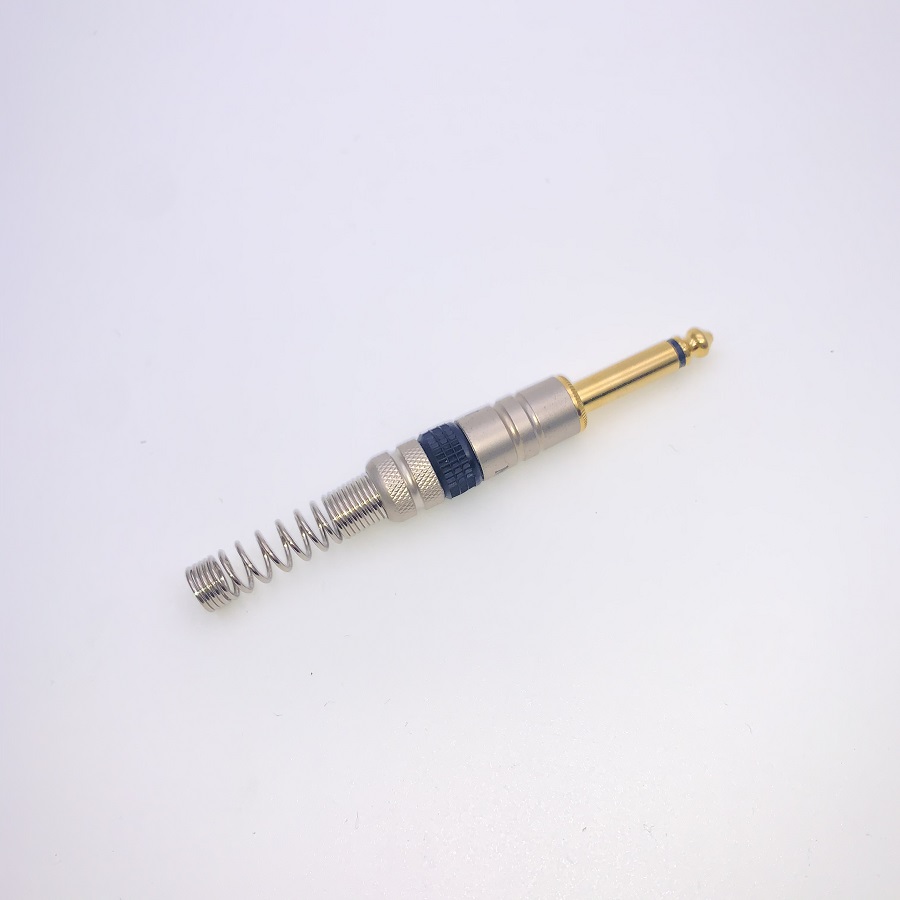Now whether it is in daily life or enterprise applications, there are a wide range of commonly used connectors. There are 12 types from D-type connectors to frequently used connectors. What are the selection principles for it? Mainly include current carrying capacity and impedance Fourteen standards such as matching, shielding, versatility, cost, availability, etc. can be said to be the key knowledge points to know when selecting connectors. The fourteen standards are explained below:
1. Carrying capacity: When choosing the connector for the power signal, pay more attention to the current carrying capacity of the connector. Use a derating design and pay attention to the insulation withstand voltage between the pins.
2. Structure size: The size of the connector is very important. There are certain space limitations for the connection in the product, especially the single-board connector, which cannot interfere with other components. Choose the appropriate installation method according to the use space and installation location (front installation and rear installation, installation and fixation methods include rivets, screws, clamps or quick locking of the connector itself) and appearance (straight, curved, T Type, round, square).
3. Impedance matching: Some signals have impedance requirements, especially radio frequency signals, which have stricter requirements for impedance matching. When the impedance is not matched, it will cause signal reflection and affect signal transmission. General signal transmission has no special requirements for the impedance of the connector
4. Shielding: With the development of communication products, EMC is getting more and more attention. The connector needs to have a metal shell, and the cable needs to have a shielding layer. The shielding layer must be connected with the metal shell of the connector to achieve shielding. In effect, the injection method can also be used to wrap the plug part with copper, and the shielding layer of the cable and the copper are welded together.
5. Anti-misplugging: There are two aspects to preventing misplugging: one is the connector itself, the connector itself rotates 180 degrees, misplacement and wrong connection lead to wrong signal connection, at this time, you need to pay attention to choose the wrong plug-proof connector as much as possible, or pass Adjust the relative position of the connector to make the assembly unique; on the other hand, in consideration of reducing the type of materials, several signals use the same connector. At this time, it may happen that the A plug is inserted into the B plug. At this time, you need to pay attention If such a situation will cause serious consequences, you must choose different types of sockets for the A and B interfaces.
6. Reliability: The connector is used to connect signals, so the connection part must be reliable (for example, surface contact is better than point contact, pinhole type is better than leaf spring type, etc.).
7. Versatility: In the selection process of the connector, it is necessary to choose universal objects as much as possible, especially among the products of the same series. The selection of the connector has strong versatility, reducing the type of materials, increasing the quantity and reducing the cost, while reducing the supply Cargo risk.
8. Use environment: When the connector is used in outdoor, indoor, high temperature, high humidity, salt spray, mold, cold and other environments, there are special requirements for the connector.
The principles are there, and good tools are needed to improve the efficiency of the selection. Let’s take a look at what we expect from the selection tools: concise and clear, fast and convenient; manufacturers are there, and the components are complete; it can make the superior products intelligently stand out, etc. Wait. It's a pity that the various selection tools are currently in a row, and it is difficult to make a difference. The only relatively well-received selection is the selection and replacement tool collection of Electronic Components Technology Network. Of course, the function of this tool collection needs to be improved. Let's look at the remaining standards again below;
9. Locking function: In order to prevent the connector from falling off during mating and ensure good contact, the connector needs to have a locking function.
10. Cost: Cost is also an important factor in the selection process. With the increasingly fierce market competition, the appropriate choice of connectors, the cost of the connector itself and the processing cost need to be considered comprehensively.
11. Availability: The supply of connectors will be affected by many factors. The supply of general-purpose connectors is better than that of non-universal connectors, and the supply of domestic production is better than that of foreign production.
12. Plugging frequency: The plugging and unplugging of the connector has a certain lifespan. After the number of plugging and unplugging reaches the limit, the performance of the connector will decrease. Some signal interfaces need to be plugged and unplugged frequently. When choosing a connector, pay more attention to the connection. The number of times of plugging and unplugging
13. Electricity consideration: According to whether it is often charged or not, choose a pin or hole connector.
14. Comprehensive consideration: In the process of selecting connectors, various factors are not independent and often interact with each other. Therefore, we must comprehensively consider in the process of connector selection, choose the most suitable connector, and the choice is good or bad. The product will be affected to different degrees at different stages.
